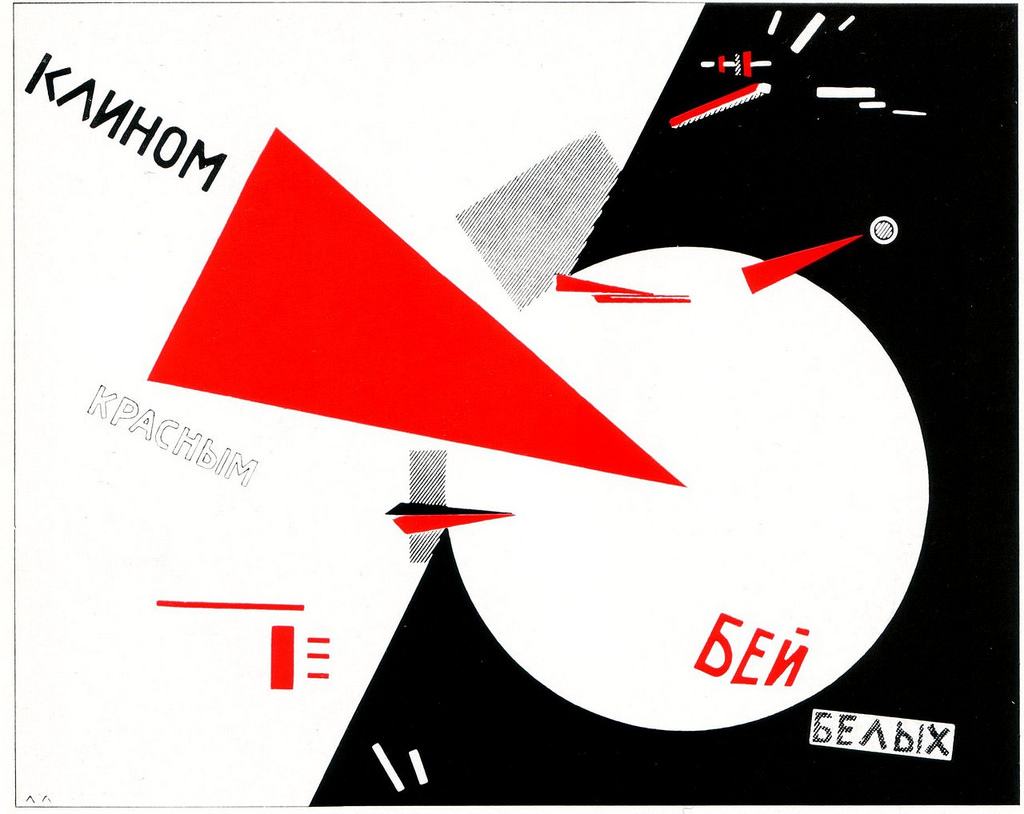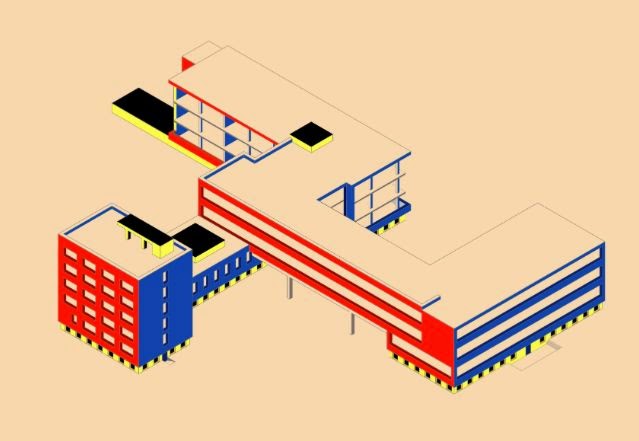On Research and Referencing module, week 8 and 9, we were introduced to various art movements, starting from the Interwar period. Just a couple words to describe the movements would be good for the future if I wanted to quickly rehearse them
Art Deco
 Occurred approx. after the WWI. Because of the war there was a lack of various expensive pigments, so the designs were simplified and only some colors were used in the design. The goal was to make something luxurious-looking, but simple. A lot of newly created materials were also used in the designs and aiming to mass production. It was a period of renewal after the war and time for new hope.
Occurred approx. after the WWI. Because of the war there was a lack of various expensive pigments, so the designs were simplified and only some colors were used in the design. The goal was to make something luxurious-looking, but simple. A lot of newly created materials were also used in the designs and aiming to mass production. It was a period of renewal after the war and time for new hope.
Modernism

Approx. 1900-1960s During this time artists were against the conservative academic school and rejected the past in favor of the new. They were obsessed with innovation and, thus, created new forms of art to reflect of the present time. Artists put a big emphasis on new technology and believed in progress, the utopian vision of life.
Futurism

The futurism movement was launched in 1928 in Milan by Filippo Tommaso Marinetti. It was a movement which celebrated noise, speed and mechanical energy of modern city. Their goal was to show not a static and fixed movement, but to demonstrate the dynamic sensation. The futurists were against the past too, although they were willing to destroy it fully and replace it with a new utopain world. That is why they strongly believed in war as a way to cleanse the world. Alas, most of them died during the fights and so did the futurist movement with them.
Russian constructivism

The Russian constructivism has it start from 1913 when Vladimir Tatlin created a tower to glorify the Soviet communism. This movement has a strong political background and art is usually used as propaganda of mass media. It serviced the new, working class society, letting each person get all the basic furniture, clothing and etc., so the living standards would improve.
De Stijl or Neoplasticism

Founded in October 1917 in Leiden, Netherlands by Theo van Doesburg. De Stijl activists were seeking balance between universal consciousness and individualism, between nature and technology, God and mankind. Artists wanted to demonstrate the purity in their works, saying that art shouldn’t be separated from life and is a combination of nature and non-nature.
Bauhaus

Founded in 1919 in Weimar, Germany by Walter Gropius. The Bauhaus movement was aiming for functionalism, integrating art into industry as the mass production was highly important; embracing the era of machine. Thus, in the Bauhaus sphere an artists should not only have creativity and a witty mind, but also understand how various objects are made and make the functional. It was considered that architecture is the greatest form of art. That is why the last project in the third year of studying in Bauhaus was to design an entire building with furniture, starting from carpet to window frame handles and etc.